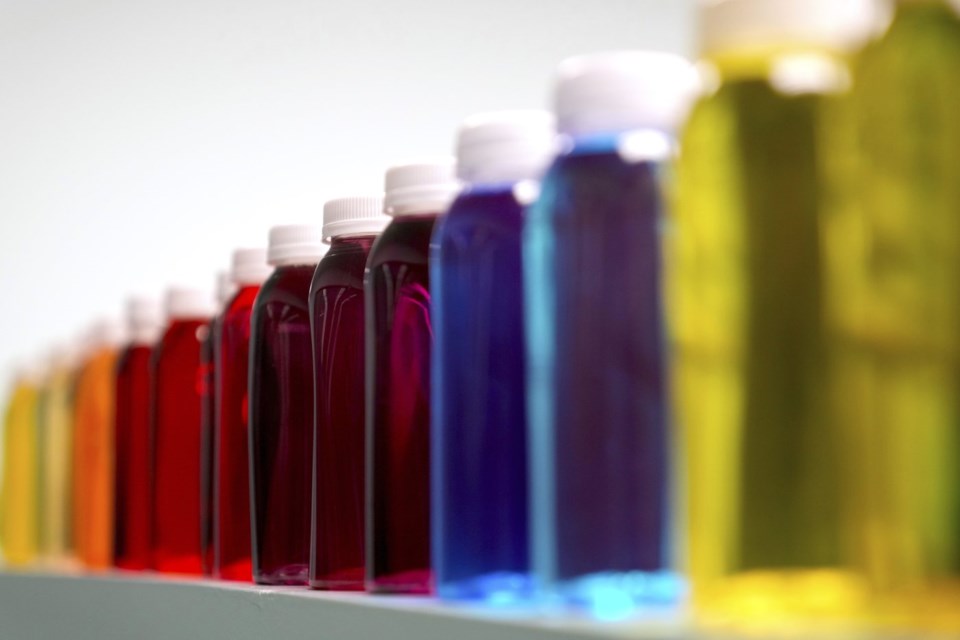U.S. regulators said Friday that they would allow three new color additives made from natural sources to be used in the nation's food supply.
It comes after health officials pledged a sweeping phase-out of petroleum-based dyes widely used in foods from cereals to sports drinks to boost health — though action is still pending.
The Food and Drug Administration said it is granting petitions to allow galdieria extract blue, a blue color derived from algae; calcium phosphate, a white color derived from a naturally occurring mineral; and butterfly pea flower extract, a blue color made from dried flower petals.
The colors will be approved for use in a range of foods from fruit drinks and yogurt to pretzels, ready-to-eat chicken and candies. The move “will expand the palette of available colors from natural sources for manufacturers to safely use in food,” FDA officials said in a statement.
Health advocates have long called for the removal of artificial dyes from foods, citing mixed studies indicating the dyes can cause neurobehavioral problems for some children, including hyperactivity and attention issues. The FDA has maintained for decades that the approved dyes are safe and that “the totality of scientific evidence shows that most children have no adverse effects when consuming foods containing color additives.”
The new color approvals include a 2021 petition from the French company Fermentalg to allow galdieria extract blue; a 2023 petition from Innophos Inc. of Cranbury, New Jersey, to allow calcium phosphate; and a 2024 petition from Sensient Colors LLC of St. Louis, Missouri, to allow butterfly pea flower extract.
The approvals are set to be published in the federal register on May 12 and would take effect in June.
In April, Health Secretary Robert F. Kennedy Jr. and FDA Commissioner Marty Makary announced that they would take steps to eliminate synthetic food dyes in the U.S. food supply by the end of 2026, largely through voluntary efforts from the food industry. The officials also said they would revoke authorization for two little-used artificial dyes, Citrus Red No. 2 and Orange B, and accelerate the timeline to remove Red 3, a food color banned in January because of a link to cancer in laboratory rats.
The FDA plans to initiate the process to revoke those colors “within the coming months,” a spokesperson for the Department of Health and Human Services said.
___
The Associated Press Health and Science Department receives support from the Howard Hughes Medical Institute’s Science and Educational Media Group and the Robert Wood Johnson Foundation. The AP is solely responsible for all content.
Jonel Aleccia, The Associated Press



